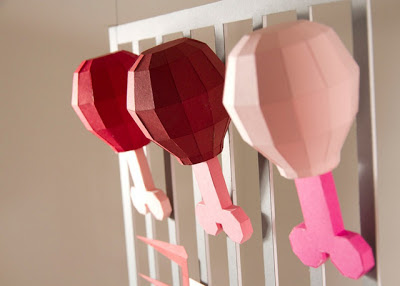Though chances are Curiosity is going to come up empty-handed as far as living, potentially breathing Martians are concerned, four billion years ago might have told a very different tale. After recently examining meteorites and rocks from Mars, scientists have discovered that not only did Mars once have an oxygen-rich atmosphere, but it was developed over one billion years before Earth's.
Some of the rocks in question actually came from NASA's Spirit Mars rover, which scientists compared to Martian meteorites that had crash landed on Earth. Spirit's rocks, which came from a 3.7 billion-year-old section of the planet, show signs of early exposure to oxygen before they sank back into the terrain. The Martian meteorites, though, came from deep within the surface, which is why they appear virtually unaffected by any sort of oxygen-containing atmosphere.
Most exciting about this discovery, though, is the fact that an oxygen-rich environment is a very strong indicator for life. On Earth, we know that oxygen levels slowly increased thanks to photosynthesizing microbes, which just as well may have been the case on Mars. According to Professor Bernard Wood of Oxford University:
Though it may still be mostly speculative at this point, there's a decent chance that all those wonderful pictures Curiosity beams down could actually be a peek into our planet's red, dusty future. More here.
Some of the rocks in question actually came from NASA's Spirit Mars rover, which scientists compared to Martian meteorites that had crash landed on Earth. Spirit's rocks, which came from a 3.7 billion-year-old section of the planet, show signs of early exposure to oxygen before they sank back into the terrain. The Martian meteorites, though, came from deep within the surface, which is why they appear virtually unaffected by any sort of oxygen-containing atmosphere.
Most exciting about this discovery, though, is the fact that an oxygen-rich environment is a very strong indicator for life. On Earth, we know that oxygen levels slowly increased thanks to photosynthesizing microbes, which just as well may have been the case on Mars. According to Professor Bernard Wood of Oxford University:
As oxidation is what gives Mars its distinctive colour, it is likely that the 'red planet' was wet, warm, and rusty billions of years before Earth's atmosphere became oxygen-rich.

















































